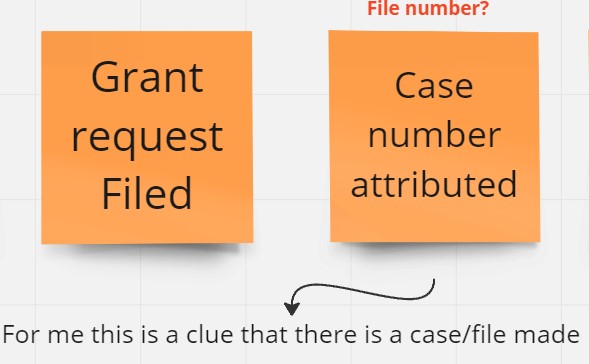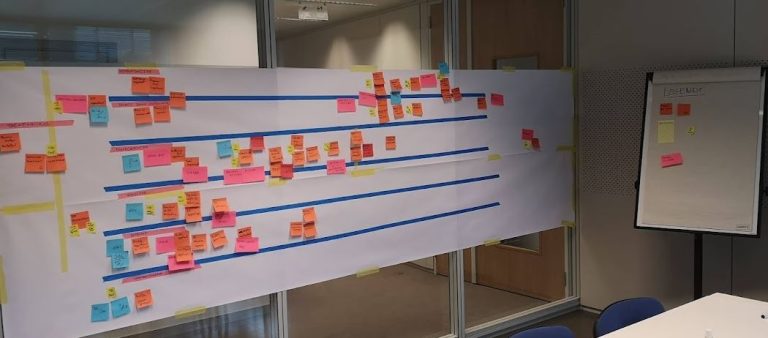The Impact of EventStorming on Software Design: Promoting Modularity, Collaboration, and Flexibility
EventStorming is an innovative and collaborative modeling technique that has gained considerable attention in the software development world. By visualizing and discovering events within a business domain, EventStorming encourages open communication and shared understanding among domain experts and software developers. This blog post will explore how EventStorming influences software design by fostering modularity, collaboration, and flexibility in the development process.
EventStorming: A Collaborative Approach to Domain Exploration
EventStorming brings together domain experts and developers to collaboratively explore and visualize events within the business domain. By capturing domain events on sticky notes and arranging them on a timeline, participants can gain insights into the flow of business processes, rules, and interactions. This process enables teams to identify areas of complexity, uncover hidden requirements, and discover potential opportunities for improvement.
The Impact of EventStorming on Software Design
- Promoting modularity: EventStorming encourages the identification of domain events and the interactions between them, leading to a more modular design. By clearly defining the boundaries and responsibilities of individual domain components, software systems can be more easily maintained, extended, and scaled.
- Facilitating collaboration: One of the key strengths of EventStorming is its ability to facilitate collaboration between domain experts and developers. By creating a shared understanding of the domain, teams can work more effectively together, resulting in software designs that are better aligned with the needs of the business.
- Enhancing flexibility: EventStorming promotes an event-driven architecture, which supports the development of flexible and adaptable software systems. By designing software around domain events, developers can create systems that are more resilient and capable of responding to changing business requirements.
- Supporting agile development: EventStorming aligns well with agile development methodologies, as it encourages iterative exploration, learning, and adaptation. By fostering a culture of continuous improvement and experimentation, EventStorming can lead to more innovative and effective software designs.
- Encouraging the use of best practices: The collaborative nature of EventStorming encourages the sharing of knowledge, expertise, and best practices among team members. This can lead to the adoption of more efficient and effective design patterns, ultimately improving the overall quality of the software.
EventStorming has a significant impact on software design by promoting modularity, collaboration, and flexibility throughout the development process. By fostering a shared understanding of the domain, EventStorming enables teams to create more effective and accurate software designs that are better aligned with the needs of the business. The technique’s emphasis on collaboration, iterative exploration, and the adoption of best practices further contributes to the development of high-quality software solutions. As a result, EventStorming is a valuable tool in the software designer’s toolkit, offering a powerful approach for tackling complex domain problems and designing effective software systems.






